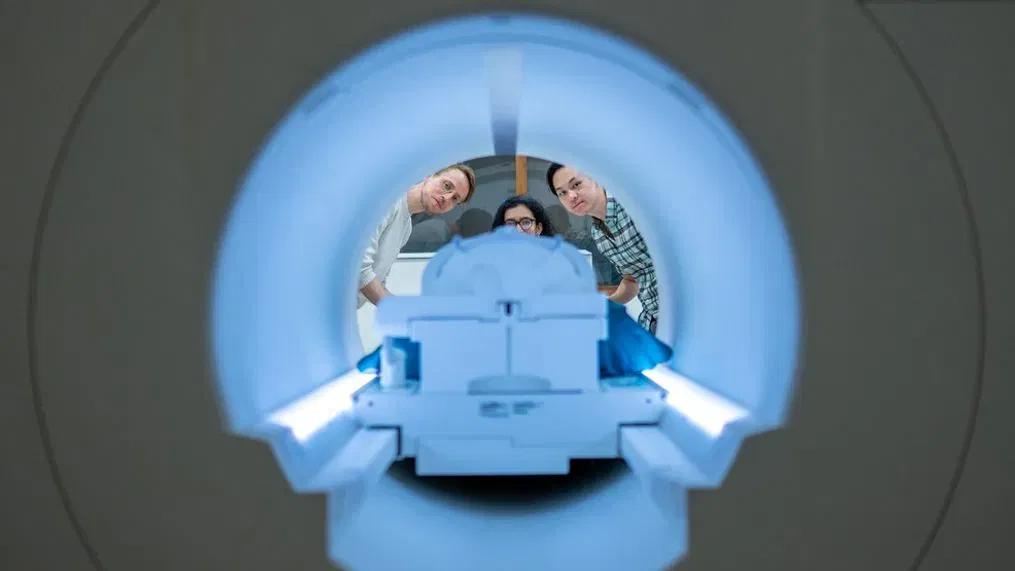
Unlocking the mysteries of the human mind has long captivated scientists and researchers. From Sigmund Freud’s psychoanalysis to modern-day neuroscience, we have made incredible strides in understanding how our brains work. But what if there was a machine that could actually read our thoughts? A device straight out of science fiction, capable of peering into our minds and unraveling the secrets hidden within. It may sound like something from a futuristic movie, but you might be surprised to learn that such technology actually exists – at least in its early stages. In this blog post, we will explore the realm of mind reading machines: how they work, the advancements made so far, and their potential uses in various fields. So buckle up and get ready for an intriguing journey into the world of mind reading!
How Mind Reading Machines Work
The concept of mind reading machines may seem like something out of a sci-fi movie, but the technology behind it is rooted in scientific research and innovation. So, how do these mind reading machines actually work?
At its core, mind reading technology utilizes various methods to gather information about brain activity. One approach involves using functional magnetic resonance imaging (fMRI) to measure changes in blood flow within different regions of the brain. By analyzing these patterns, researchers can gain insights into the thoughts and emotions being experienced.
Another method used is electroencephalography (EEG), which measures electrical activity in the brain by placing electrodes on the scalp. This allows scientists to detect specific neuronal patterns associated with certain mental states or actions.
Machine learning algorithms play a vital role in decoding this collected data. These algorithms are trained to recognize patterns and correlations between brain activity and corresponding thoughts or intentions.
It’s important to note that current mind reading technology is far from perfect. It can only provide limited information about general mental states rather than deciphering specific thoughts with absolute accuracy. Additionally, individual differences in brain structure and function pose challenges for creating a one-size-fits-all solution.
Nonetheless, ongoing research continues to push the boundaries of what mind reading machines can achieve. Scientists are exploring new techniques such as transcranial magnetic stimulation (TMS) and near-infrared spectroscopy (NIRS) as potential avenues for enhancing our understanding of neural processes.
In conclusion: While we have made significant progress in developing mind reading machines, there is still much work ahead before we see fully realized applications in everyday life. Nonetheless, these innovations hold immense promise for fields such as medicine, psychology, and even communication interfaces for individuals with disabilities
Advancements in Mind Reading Technology
Advancements in Mind Reading Technology
In recent years, there have been remarkable advancements in mind reading technology. Scientists and researchers are constantly pushing the boundaries of what was once considered science fiction. These breakthroughs offer glimpses into a future where communication and understanding can transcend words.
One notable development is the use of electroencephalography (EEG) to read brain activity. EEG measures electrical signals produced by neurons in the brain, allowing researchers to decode certain thoughts or intentions. While still in its early stages, this technology has shown promise in assisting individuals with limited mobility to control prosthetic limbs through their thoughts alone.
Another area of progress is functional magnetic resonance imaging (fMRI), which maps blood flow changes in the brain associated with mental processes. By analyzing fMRI data, scientists can predict a person’s decisions before they are consciously aware of them. This opens up possibilities for applications such as market research and consumer behavior analysis.
Furthermore, machine learning algorithms have played a significant role in advancing mind reading technology. These algorithms can analyze large amounts of brain data to identify patterns and correlations that may not be apparent to human observers. This allows for more accurate decoding of thoughts and emotions from neural activity.
While these advancements are undoubtedly exciting, it’s important to acknowledge ethical considerations surrounding mind reading technology. Questions about privacy, consent, and potential misuse need careful consideration as these technologies continue to evolve.
As our understanding of the human brain deepens and technological capabilities expand further, we may soon witness even greater strides towards harnessing the power of mind reading machines. The potential impact on fields such as healthcare, neurology, psychology, and communication is vast – only time will tell how far this fascinating field will take us!
Potential Uses for Mind Reading Machines
Potential Uses for Mind Reading Machines
The potential uses for mind reading machines are vast and varied. While the technology is still in its infancy, researchers and scientists have already begun to explore how this groundbreaking innovation can be applied in various fields. Here are just a few potential uses for mind reading machines:
1. Medical Applications: Mind reading machines could revolutionize the field of medicine by allowing doctors to accurately diagnose and treat mental illnesses such as depression, anxiety disorders, and post-traumatic stress disorder (PTSD). These devices could also assist in detecting early signs of neurological conditions like Alzheimer’s disease or epilepsy.
2. Communication Enhancement: Imagine being able to communicate with others without saying a word! Mind reading machines could potentially help individuals who are unable to speak due to conditions such as paralysis or locked-in syndrome. By translating their thoughts into words or even text messages, these devices could give voice back to those who have lost it.
3. Education and Learning: Mind reading machines might play a significant role in education by improving learning outcomes. They could aid teachers in understanding students’ thought processes and cognitive abilities better, helping them tailor their teaching methods accordingly. Additionally, these devices may enable individuals with learning disabilities to overcome challenges by providing alternative means of communication.
4. Rehabilitation: For individuals recovering from strokes or other brain injuries, mind reading machines could assist in rehabilitation efforts. By analyzing brain activity patterns, therapists can gain valuable insights into patients’ progress and customize treatment plans accordingly.
5. Gaming and Virtual Reality: The gaming industry would undoubtedly benefit from mind-reading technology. It has the potential to create truly immersive experiences where players control characters using only their minds—no controllers required!
6.
Preventing Crime:
Law enforcement agencies might use mind-reading technology as an investigative tool—a way of extracting information directly from suspects’ brains with their consent—potentially expediting criminal investigations while minimizing human error.
While these possibilities sound exciting, it’s important to note that there are also ethical considerations surrounding mind reading machines. Privacy concerns







